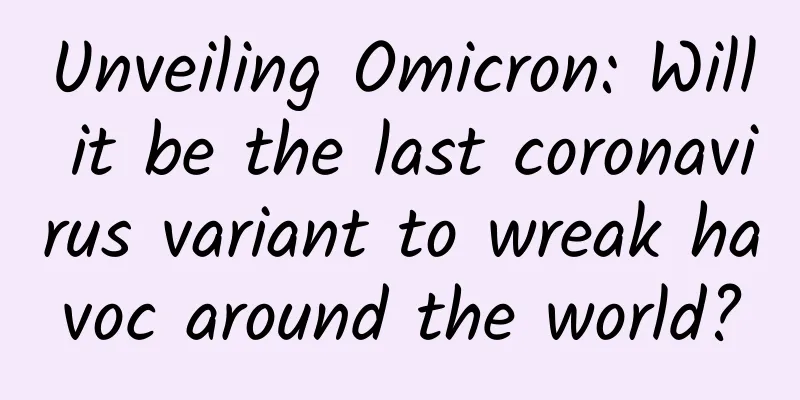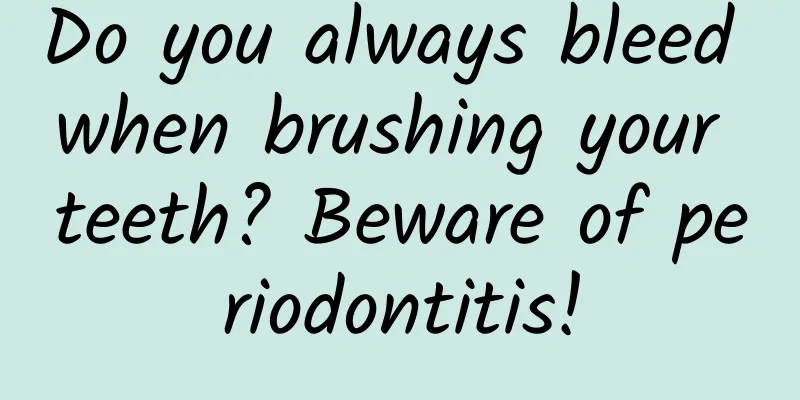What are the dangers of follicle puncture?

|
Follicle puncture is a commonly used technique in today's clinical medicine. It is also a method of retrieving eggs. It is more suitable for people who need to have in vitro fertilization. Of course, follicles do have certain hazards, especially the risk of infection and inflammation. Of course, as long as the operation is performed properly and the postoperative care is good, these risks will not occur. Next, I will introduce you to some relevant knowledge about follicle puncture! 1. Technical advantages Follicular puncture is performed under the guidance of B-ultrasound. An imported PTC needle is used to puncture the cyst through the vagina, drain out the cystic fluid, and inject drugs for dual treatment. The fluid is retained for 5 minutes before being completely drained out, which can eventually make the cyst disappear completely. 1. Easy and quick operation. Ultrasound guidance is simple and rapid, and can be performed in outpatient clinics or at the patient's bedside, providing great convenience to patients. 2. The treatment effect is obvious. Ultrasound interventional treatment of various types of cysts does not require laparotomy. Under the guidance of ultrasound, precise positioning is achieved and an imported puncture needle is used to insert the needle into the abdomen to puncture the cyst, extract the cystic fluid, and inject special drugs to shrink and disappear the cyst. Simple non-separated cysts can be cured at one time, and the occurrence of abdominal adhesions can be effectively avoided. There is no need to worry about rupture due to dissection during surgery to avoid recurrence. 3. Accurately display the lesions. Real-time ultrasound monitoring can accurately display the precise location of the lesion, find the best needle insertion point, determine the location, angle, direction and depth of needle insertion, and simultaneously display the different anatomical layers of the human body to ensure that important organs, blood vessels and bile ducts are not punctured, thereby minimizing the risk of puncture. 4. The patient suffers less tissue damage and less pain. 18G imported fine needle puncture, the needle hole is less than 1 mm, it is non-traumatic, painless, does not affect normal work and life, and you can leave after treatment. 2. Precautions before surgery 1. Blood analysis + BG + RH (D) + four items of coagulation, urine analysis, leucorrhea examination, B-ultrasound, blood tumor markers, pathology fee. 2. Ask the patient whether he has a history of alcohol allergy and ask him to sign an informed consent form. 3. Establish intravenous access and apply hemostatic drugs. 4. Avoid the menstrual period and the week before menstruation, and abstain from sexual intercourse for 3 days. 5. Try to perform vaginal washing 0-3 days before surgery. 3. Postoperative Care 1. Use drugs to prevent infection, hemostatic drugs, and send the extracted fluid to pathology. 2. Refrain from sexual intercourse and bathing for half a month. 3. Ultrasound examinations should be performed the day after surgery and one month after surgery, and then once every 3 to 6 months. |
<<: Is it okay to put your hands down there?
>>: High follicle stimulating hormone in women
Recommend
Is it a boy or a girl if she likes to eat sour food during pregnancy?
When a mother is pregnant, her body will undergo ...
Girls have moles on their right thumb
In mole physiognomy, the positions and sizes of m...
How to treat vulvar dystrophy
Vulvar malnutrition refers to the appearance of d...
How to find the central sentence in English reading? How to improve the English reading in the college entrance examination?
English reading helps to cultivate readers' c...
Does taking progesterone during pregnancy have any effect on the fetus?
Progesterone is a hormone used to maintain pregna...
What causes vaginal dryness?
Many women experience vaginal dryness during sex,...
50 days of pregnancy stomach pain
When you are just 50 days pregnant, your body is ...
Why is the second child born later than the first?
First-time pregnant women usually begin to notice...
Women dream of red apples
Apple is known as the healthy fruit. It is a frui...
Is 0.7cm of endometrium normal?
The endometrium is the layer that makes up the li...
What should you do in the wild during a rainstorm? The impact of rainstorms on your life
Since ancient times, floods have brought many dis...
I gain three pounds every festive season
As the saying goes, "Every festival makes yo...
Taking melatonin and always waking up in the middle of the night
Insomnia pills can promote sleep and tell people ...
Do women resist sugar by not eating sweets?
In recent years, "anti-sugar products" ...
10 Subtle Signs Women Are Not Getting Enough Sleep
You may have boasted that you're asleep befor...









